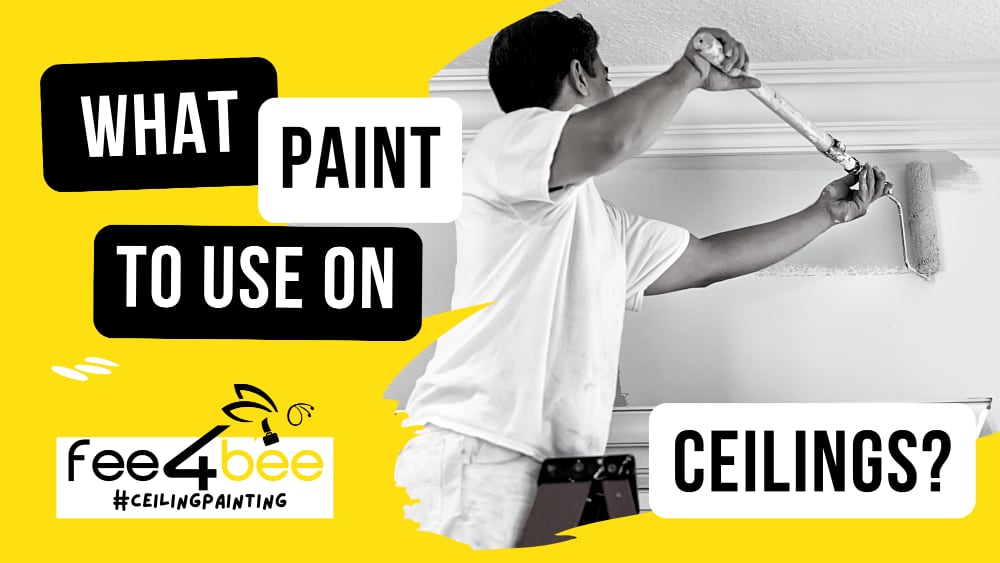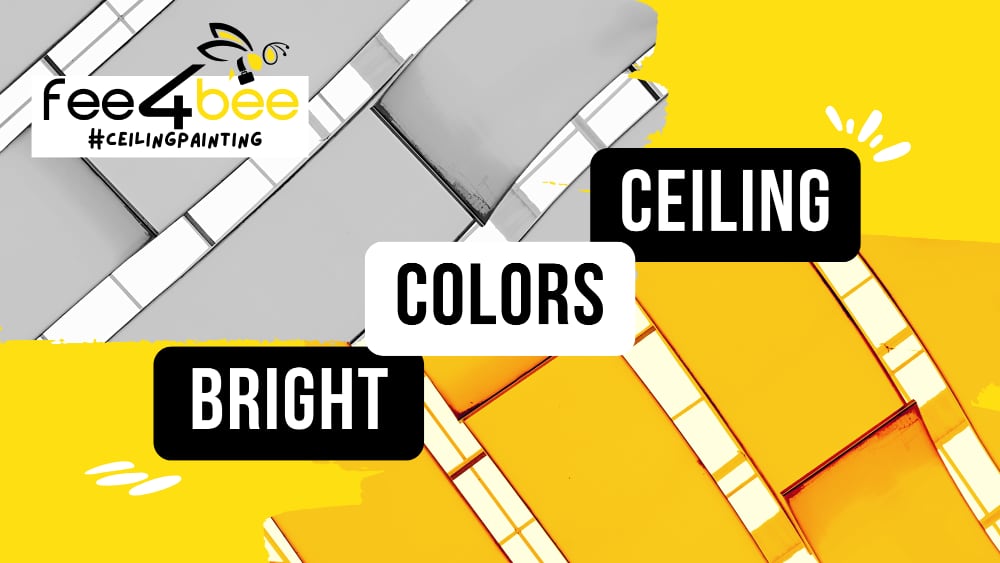- Winter Tasks
- Cleaning Services
- Moving Services
- Handyman
- Furniture Assembly
- Shopping and Delivery
- Office Services
- Commercial Cleaning
- Commercial Handyman
- Commercial Painting
- Conference Room Setup
- Office Housekeeping
- Office Movers
- Office Snack Delivery
- Office Supply Delivery
- Office Furniture Assembly
- Ergonomic Office Setup
- Office Setup & Organization
- Data Entry
- Proofreading services
- Office Administration
- Office Interior Design
- Business services
- Assembling IKEA furniture
- Assembling an IKEA kitchen
- IKEA dressing room assembly
- Assembling IKEA cabinets
- IKEA bathroom furniture assembly
- Assembling IKEA beds
- Assembling IKEA tables
- Assembly of IKEA seats
- Assembling IKEA sofas
- Assembling dressers IKEA
- Assembling IKEA racks
- Assembling IKEA pedestals
- Assembling children's furniture IKEA
- Assembling IKEA chairs
- Assembling other IKEA furniture
- Coaching
- Beauty and health services
- Domestic services
- Construction works
- Finishing work
- Services for animals
Ceiling painting tips. What kind of paint for the ceiling to choose?
Ceiling stains and dinginess can be caused by roof leaks, smoke from the stove, overflowing sinks or other large spills. When it happens it is time to think about painting your ceiling. Ceiling finishes also change colour over time, but a fresh coat of paint can solve that problem.
While refinishing ceilings may seem intimidating, it's not complicated. You just need to follow a few tips to prepare for it. If you are a Jack of all trades, you can paint the ceiling DIY one weekend. However, don't be discouraged if not, as a local painter can do the job for you even faster. Let's walk through the process from start to finish!
Preparation

It's best to have the painting ceiling tools ready before starting the project. This will allow you to assess your preparation level and avoid unpleasant incidents.
To paint the ceiling, you'll need a brush that can get the ceiling's edges and painting tape at least 2 inches wide. A roller is best used for larger areas that require more coverage. A paint pan and thinner are essential. Keep a screwdriver and a paint knife handy. You will also need a stepladder and cloth to protect the floor and walls from drops. You may need sandpaper of 180/220 grit to clean the surface. A primer will make your painting stronger when it is done. Also, make sure you have enough ceiling paint before starting.
- First, remove any furniture or decorations from the room. Cover the floor with a canvas drop cloth.
- Next, tape off any mouldings near the edges of the ceiling to protect the surrounding surfaces from paint.
- Remove any electrical fixtures that are located on the ceiling. You should also ensure that you turn off the power in the room before you begin.
- Before you start painting work, make sure the ceiling surface is free of dust and debris. Dust can interfere with paint adhesion.
- Explore your ceiling. If there are any spots, you may have to use a stain-blocking primer before.
- You should also repair any cracks that you may find on the ceiling.
What paint to use on ceilings?

The difference between ceiling paint and wall paint is important to know when painting a room. While both types of paint can look great, you may not be able to apply them to the same area. As a result, you will likely have to deal with paint drips. The first step in choosing paint for a ceiling is to determine the finish you want.
| Ceiling paint | Wall paint |
|---|---|
| Ceiling paint is usually flat | Wall paint may have a sheen that is somewhat reflective |
| For a smooth finish, your ceiling paint, should be a high-viscosity one. Use 96-104 KU or higher | Wall paint produces more drips as it is more thin |
| Ceiling paint is not much versatile | Wall paint comes in a variety of colours and shine rates |
| Ceiling paint is typically applied with a single coat | Wall paint usually requires two or three coats |
Another consideration in what type of ceiling paint to choose to lay in the texture of ceilings finishes. Despite the fact they have the same effect, each one has a unique look and is applied to ceilings differently.
Smooth finish ceiling
A smooth ceiling is a wonderful way to tie together a room's other elements. They are the latest trend and the best way to get a modern look. Smooth ceilings look higher than textured ones, they can create a feeling of more space in rooms that feel small.
Smooth ceilings painting flat paint can be a great choice if you are looking to reduce maintenance. However, they can easily display imperfections. If the room is being used for kids or as a playroom, it's likely that a stray item like a ball could scratch it. And its cost is the main problem with smooth ceilings. To sand every square inch of the ceiling, you will need additional labour.
How to paint a smooth ceiling?
When using a roller, always paint in sections. By doing so, you'll be able to ensure even coverage while minimizing the risk of causing the paint to run. Make sure to follow straight lines to avoid dripping. A slower, steady stroke is better for a smooth finish.
A paint roller that has too fluffy nap may cause paint to drip and cause splattering. If you paint too fast, you can also risk dripping by using a roller too hard. A slower, steady stroke is better for a smooth finish.
When painting ceilings, start by painting small areas first. Usually, this means working in sections of five to six feet square. Then, move quickly from one section to the next. This way, you'll avoid overpainting and creating lap marks. Also, remember to reroll the paint when needed to improve coverage.
Textured ceilings
Having textured ceilings in your home is an excellent way to add style and value to your home. There are many different texturing ceiling techniques to choose from. These types of ceilings are considered outdated by some people. However, others still like the look of textured ceilings and the benefits they add.
Textured ceilings can hide minor imperfections. They also help to reduce the cost of installation. The cost of textured ceilings is lower compared to smooth ones. While they can't add depth and dimension to a small space, they are a great choice if you have a large room with a lot of natural light.
What paint to use on textured ceilings?
If you want your ceiling to look beautiful, you'll need to choose a paint that can resist peeling and cracking. It's also best to use textured ceiling paint that contains a primer, as this will help hide stains and make your job easier. It is also helpful to use paint for textured ceilings that will not be hardening in the can.
If you're aiming for an artistic effect, try painting a textured ceiling with a different colour. With these different types of textured ceilings, you'll find a style that suits your space.
-
Stucco ceiling painting
Common stucco textured styles are known as skip trowel and a knockdown ceiling can add subtle depth and conceal minor imperfections. These styles are used in high-end homes, or to achieve a Mediterranean style.
The best way to achieve a consistent finish when painting a stucco ceiling is to use a primer first. Stucco is porous, so the paint will be absorbed immediately and lie down as unevenly as possible. Apply primer with a roller and allow it to dry completely before you start painting. Also, be sure to let your stucco dry completely before adding a second coat.
-
Popcorn ceiling painting
A popcorn ceiling is still a popular choice among homeowners. It is an affordable and attractive way to add interest to your home. Another benefit of bubble ceilings is their acoustic quality. Since the bumpy structure increases the surface area of the ceiling, it can help muffle noise. However, they can make a room appear smaller because of the shadows they cast.
Popcorn ceilings are highly porous and can trap dust and materials. They can also fade or even discolour over time. For this reason, it can be a challenge to clean and maintain.
The best way to get an even coat of paint when painting over a popcorn ceiling is to spray it on rather than rolling it on. It will take longer but will ensure that the paint is applied evenly. Use high-quality water-based paint that has a flat finish. Otherwise, when you paint your popcorn ceiling with a roller, use an extension pole to avoid climbing a ladder. Also, use a roller with a 3/4-inch nap so it can hold more paint than a roller for a smooth ceiling. It is also important to apply the paint back and forth. This will ensure that the paint covers the entire ceiling. Do not overwork the paint as it can cause it to peel off.
-
Painting an orange peel ceiling
Orange peel texture is a popular choice for modern homes, as it is easy to apply and clean. It is the most affordable way to add texture to your ceiling. In addition to ceilings, this texture can be used on walls, too.
This design style is popular in the United States and Canada. It features small, fine particles that remind orange peel. Since this texture is quite restrained compared to the previous ones, it is also great for decorating homes with a variety of styles. Orange peel is a versatile choice, as it works with almost any colour or decor.
You can use an air compressor gun to spray the paint. Hold it about 3 feet from the surface. Move the gun in a steady motion and overlap the texture by 50% on each pass. The orange peel texture should be applied thinly and evenly to avoid uneven coverage.
Any decorative ceiling is very difficult to paint unless you have professional painting skills. You can find several types of ceiling finishes that will work well. Some of them are colour changing, which means they change colour when they dry.
Can I paint the ceiling bright colours?

When planning their home renovation, many homeowners do not even think about the fact that the ceiling can have its own texture or colour other than white.
If you have a flat ceiling, there are several options for the paint colour. You can paint it the same colour as your walls, or you can choose a colour that is more muted or the one that will stand out. However, you should be aware of a few things before choosing a colour. Firstly, you must know that a ceiling cannot be painted with a glossy paint finish. This is because glossy paint will reflect more light and will therefore be visually distracting. Secondly, you need to find a paint colour that will not catch on the eye.
You better avoid light grays or yellows. These colours will create the illusion of a dirty and old ceiling. If you paint a textured ceiling, be sure to avoid light greens and pinks, as they will highlight the cottage cheese effect. However, with white colour for your ceiling, it is best to avoid a colder shade of white because it can look cold and clinical.
Lastly, you must choose a paint colour that will complement the overall colour of your room. Generally, white is the safest choice for ceilings, but there are plenty of colours you can choose from. You may be seeking the advice of a skillful interior designer to achieve the best effect.